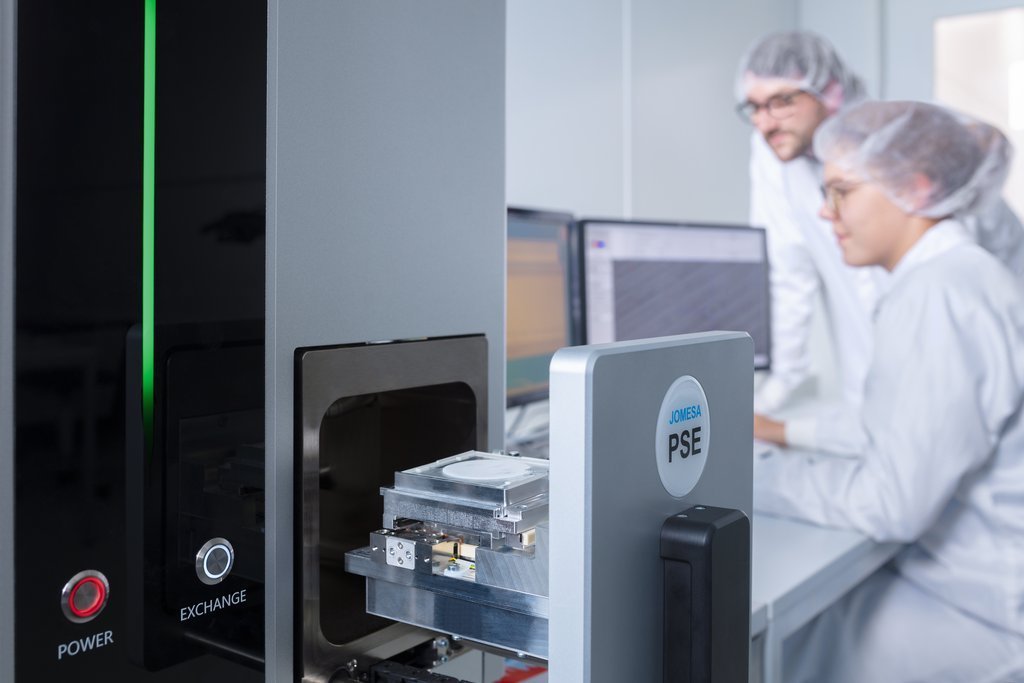Material identification of particles to determine the source
Further analysis methods in the scope of a search for the cause of critical particle contamination.
In the context of process optimizations for compliance with the acceptance criteria defined in the risk-based approach, further information may be required for the cause research in order to narrow down the source of particles. Here, the material identification of the particles helps decisively in the cause research.
Various analytical methods of inorganic or organic particle materials are available for material identification. The prerequisite for these test methods is the extraction of the particles from the test specimen and the suitable filtration and preparation of the particles for the subsequent analysis.
Anorganic particles are analyzed by SEM/EDX analysis as a combined method for electron-optical counting and measurement of the particles in the scanning electron microscope (SEM) and elemental analysis by energy-resolved X-ray spectroscopy (EDX). The elemental analysis provides as essential information the EDX spectra, which reveal the chemical elements or alloy composition of the particles and thus allow conclusions to be drawn about the origin of the particles.
Organic particles (e.g. curd, cardboard layers, wood, textile fibers) can be identified by infrared spectroscopy (IR). The IR spectrum measured with this method is matched with spectra of typical materials of works, operating and auxiliary materials via database matching, thus identifying the particle material. In addition, the measured IR spectrum can also be matched with the IR spectrum of the suspected reference material.
Test procedure
Analysis method: | SEM/EDX, Scan oder single particles | IR spectroscopy |
Particle material: | anorganic particles (metals, mineral, ceramics, etc.) | organic particles (plastic, wood, catonage, textile fibers, etc.) |
Particle sizes: | Single particles > 50 µm, scan from 5 µm possible | > 200 µm (because of manual preparation) |
Preparation: | Extraction and filtration of the particles onto SEM-capable analysis filters | Extraction and filtration with light microscopic analysis for particle identification, |
Result: | EDX spectra with comparison to material library | IR spectrum with comparison to material library or reference spectra |
Weitere Informationen
This service does not fall within the scope of accreditation and also not the acceptance on behalf of ZLG and GLP of CleanControlling Medical GmbH & Co. KG. The tests are performed in cooperation with the partner laboratory of CleanControlling GmbH accredited for this service. Detailed information on the scope of accreditation of CleanControlling GmbH is available here.
You can also find detailed information on test procedures and test standards in our Infothek
If you have any questions, the employees from our sales team will be happy to help you.
Newsletter registration

